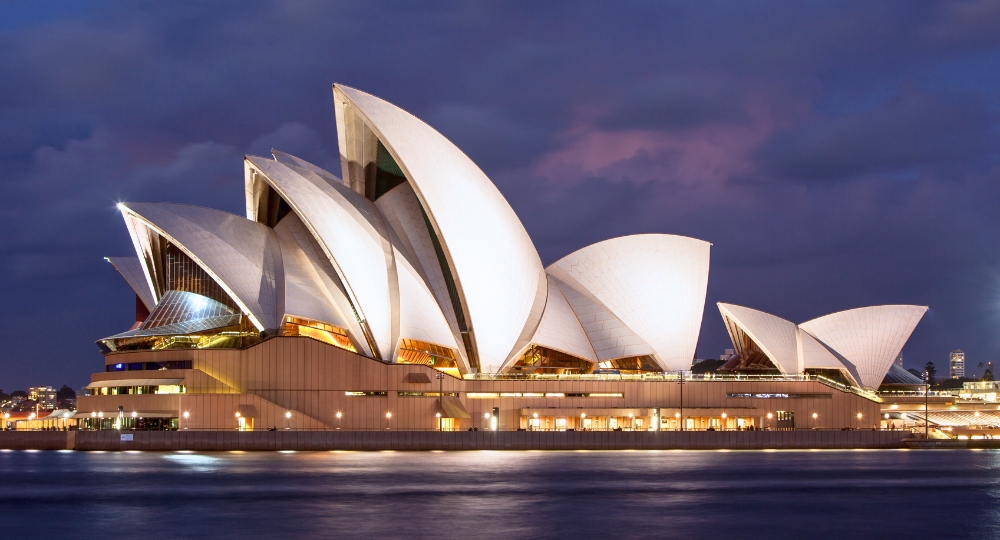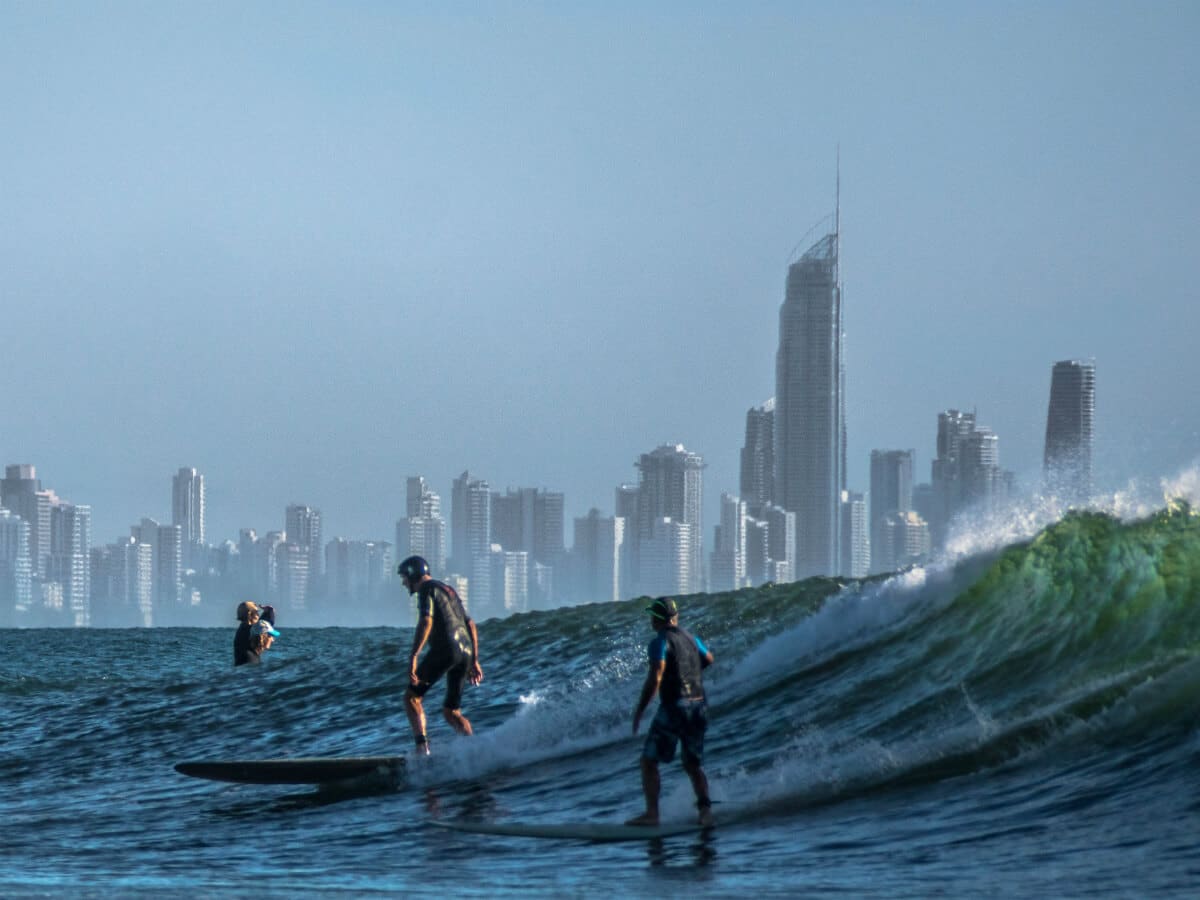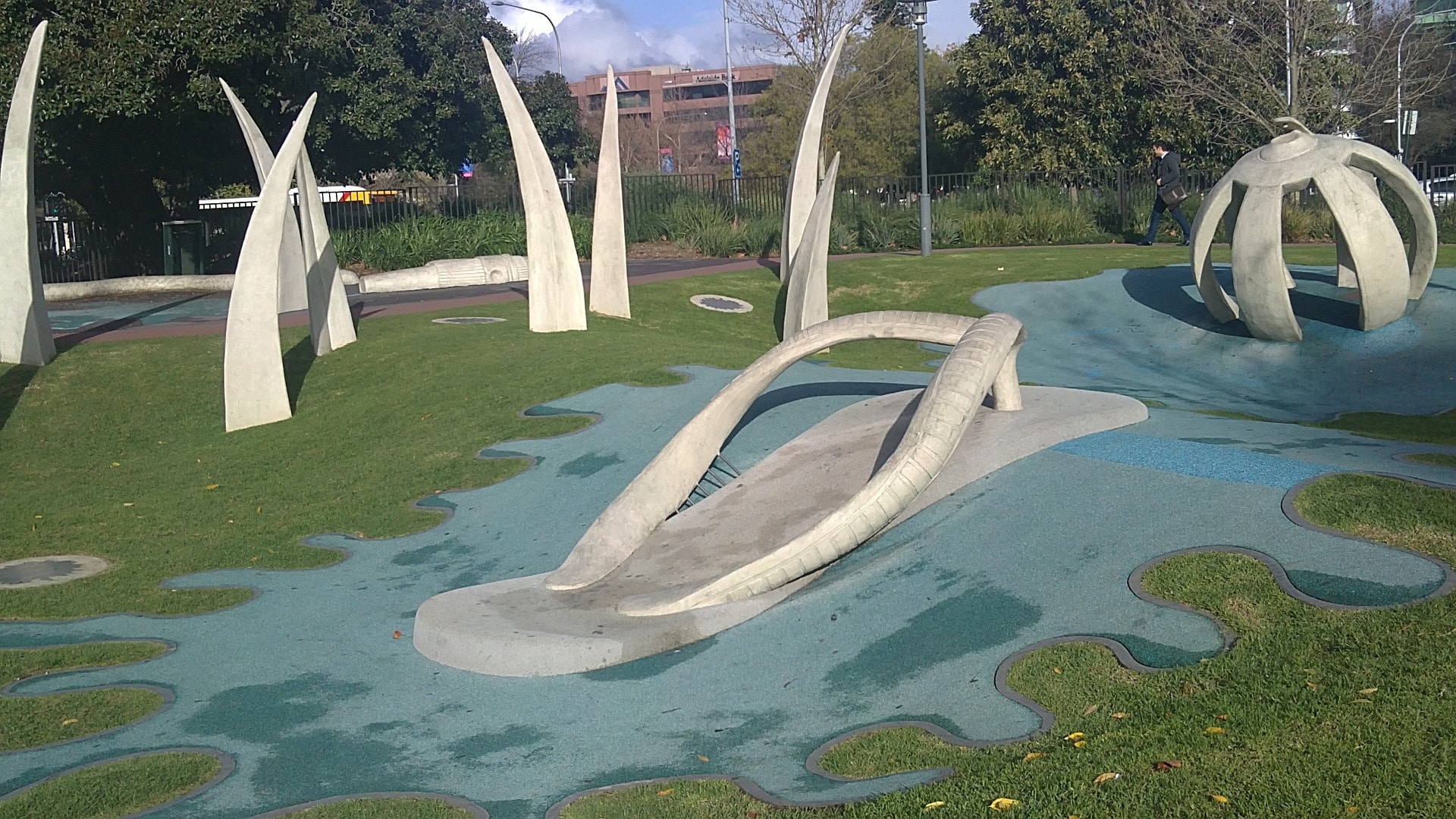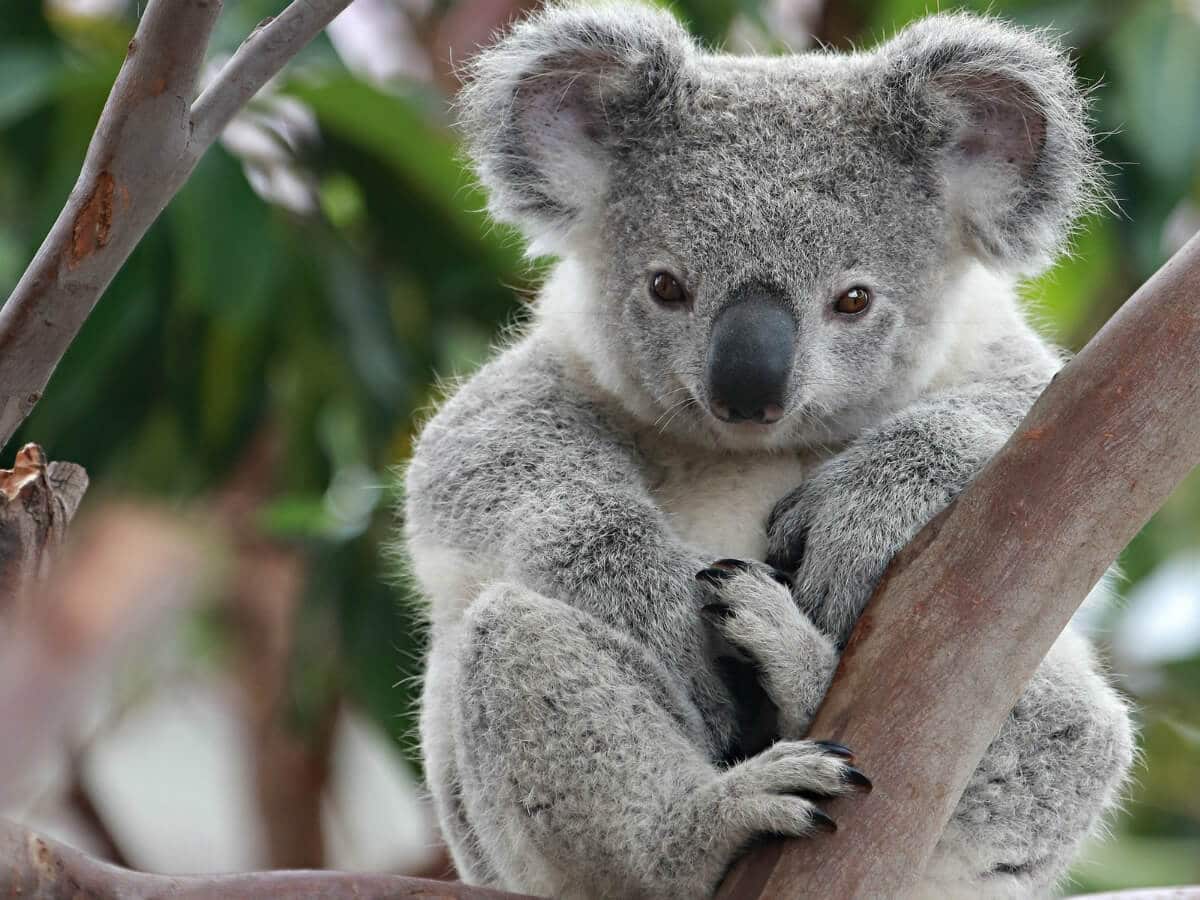For Indian tourists craving an escape from the tropical heat back home, Australia’s vast desert outback, pristine beaches, and vibrant sights seem nothing short of a paradise. However, as the country is located in the Southern Hemisphere, its seasons are opposite those in the Northern Hemisphere, viz., India. So when is the perfect time to head Down Under without encountering extreme temperatures or being overwhelmed by the crowd?
This guide shares insights on the best travel months in Australia based on weather, crowds, travel costs, and other factors. We’ve also included some attractions you mustn’t miss during your vacation, especially winter activities like skiing, whale watching, and husky sledging. Spring is also a great time to choose Australia tour packages, with activities like trekking, canoeing, rock climbing, and watching wildflowers in the country’s many national parks.
When visiting this culturally rich and geographically diverse destination for the first time, you want to get the timing right. Whether you seek to dive alongside gentle whale sharks or hike trails carpeted with rare flowers, travelling when nature dazzles in full glory is key. Only then can one truly understand why Australia has been rated the happiest among developed economies 12 times in a row?

The Different Seasons in Australia
Located in the Southern Hemisphere, Australia’s seasons are opposite to India’s:
- Summer: December to February (Hot)
- Autumn: March to May (Pleasant, moderate temperatures)
- Winter: June to August (Cool, mild)
- Spring: September to November (Warm days and cool nights)
| Season | Months | Temperature Range |
| Summer | Dec – Feb | 20°C to 37°C |
| Autumn | Mar-May | 17°C to 35°C |
| Winter | Jun – Aug | 11°C to 30°C |
| Spring | Sep – Nov | 17°C to 35°C |
The Best Time June to August (Australian Winter)
The Australian winter, from June to August, is the best time to visit the country. Temperatures range from 15°C to 25°C, with sunny days. These temperatures provide an escape from hot summers in India.
The cool nights allow for exploring famous outdoor Australian places. People can watch wildlife throughout the day and snuggle next to cosy bonfires later. This winter period also has fewer tourists, so flight tickets and hotel rates are lower. The Aussie winter offers a comfortable, enjoyable, and affordable holiday from the blistering heat back home in India.
|
Particulars |
High Season | Low Season |
|
When |
Dec to Feb | Jun to Aug |
|
Temperature |
Very hot, 37°C+ | Pleasant, 15-25°C |
| Crowds | Peak tourist rush |
Thin crowds |
| Prices | Most expensive |
Cheaper deals |
| Booking | Advance needed |
Easier |
| Key Events | New Year, Xmas holidays |
Whale watching, Ski season |
Top Things to Do in Australia from June to August
Visit The Great Barrier Reef
Winter has perfect weather for snorkelling and diving at the Great Barrier Reef. Calm waters ensure that the corals are clear and visible. You can also take boat tours and have fun with sea creatures like turtles and tropical fish.
Whale Watching
From June to August, giant humpback whales migrate to Australia’s north. They come from Antarctica to give birth in warm waters. Tourists can take boat trips from Hervey Bay and Byron Bay to watch whales breach the surface and flap their tails. It’s a great chance to look at these gentle sea giants.
Skiing and Snowboarding
During winter, ski resorts in Victoria and New South Wales get good snowfall. Popular places are Thredbo, Perisher, Mt Buller, and Falls Creek. Tourists can ski and snowboard down fresh powder trails and enjoy scenic alpine views while on ski lifts and toboggan runs.
Outback Safaris
The winter months are excellent for exploring the Kakadu and Uluru national parks. You can also sign up for guided wildlife tours that showcase shy kangaroos, sleepy koalas, and large crocodiles basking in the sun. When the nights get very cold, tourists can huddle around warm, crackling campfires under clear starry skies. It makes for an unforgettable outback Australian experience.
Scenic Coastal Drives
Tourists can take epic and scenic road trips along Australia’s coasts. Examples are the Great Ocean Road in Victoria or the route from Sydney to Brisbane. These drives provide sensational ocean views at every turn. Visitors see beaches, lighthouses, and coastal villages. They can stop and enjoy fresh Australian seafood. Coastal drives make for stunning and memorable Aussie holidays.
Stop at beaches, lighthouses, and coastal villages, and indulge in Australia’s fresh seasonal seafood as you enjoy the ocean air and vibrant sights.

An Alternative Season September to November (Australian Spring)
The Australian spring from September to November is an excellent alternative to winter for Indian tourists. Temperatures average a comfortable 17°C to 29°C nationwide.
The sunny weather is perfect for sightseeing. Unique highlights of spring include wildflowers blooming across the countryside and newborn baby animals emerging. Events like flower festivals happen, too. Whale-watching opportunities continue on the eastern coastline.
Though spring is not as ideal as the cheaper and thinner crowd of winter months, it allows a pleasant Aussie holiday amidst nature’s beauty.
Top Things to Do in Australia from September to November
Witness Vibrant Flower Blooms
It’s spring wildflower season in Australia! Admire vibrant blooms like wattles, waratahs, everlastings, boronias, and more that transform the countryside. Events like Canberra’s Floriade Flower Festival and Perth’s Kings Park Festival let you immerse yourself in floral splendour.
You can also drive scenic routes like the Wildflower Way in Western Australia to see carpets of wild blooms in the wilderness.
Spot Newborn Wildlife
Visit wildlife parks and sanctuaries across Australia in spring to catch sight of adorable baby kangaroos, koalas, wombats, and other endemic species venturing out of their mother’s pouch for the first time to explore their new world!
Go Whale Watching
The annual northern migration of humpback whales from Antarctica to Australia’s warm northern waters continues well into spring. Head out on cruises at prime lookouts along the eastern coastline for sightings of these gentle giants swimming by or breaching clear out of the blue waters!
Take Rainforest Hikes
The warmer and drier months make spring perfect for hiking rainforest walking trails shaded by lush canopies. Spot unique birds like the cassowary and diverse mammals like tree kangaroos, and marvel at ancient plants that have thrived for 180 million years!
Canoeing and Kayaking
Paddle along gentle streams and rivers surrounded by flowering rainforest trees or cruise on lakes ringed by wildflower meadows. The Grampians National Park and river gorges around Katherine in the Northern Territory allow visitors to soak in spring’s natural beauty and fresh air while canoeing or kayaking.
Avoid Peak Summers
While Australia looks picturesque on tourism brochures featuring summer beaches and attractions, the peak tourist season from December to February can be uncomfortably hot and expensive for tourists, especially those escaping the Indian heat.
With temperatures often crossing 30 degrees Celsius across major cities like Sydney and Melbourne, the summer heat and humidity may dampen your sightseeing plans despite Australia’s endless coastline and attractions.
The holiday rush also means flight tickets, hotels, and even restaurant prices hit their annual peak, making Australia an extremely pricey vacation choice during the summer.
Instead, spend your Australian holiday in the winter or spring shoulder seasons for pleasant weather, thinner crowds, and cheaper travel deals, no matter which incredible destination you pick!
Planning an Australia Tour Package?
Whether you’re planning a honeymoon, family vacation, or solo backpacking trip, choose the right travel season to make the most of our Australia tour packages. As Australia’s leading tour operator, we offer customised packages that match your budget and preferences.
To explore your ideal Australia itinerary, talk to our travel experts today.



Comment (0)